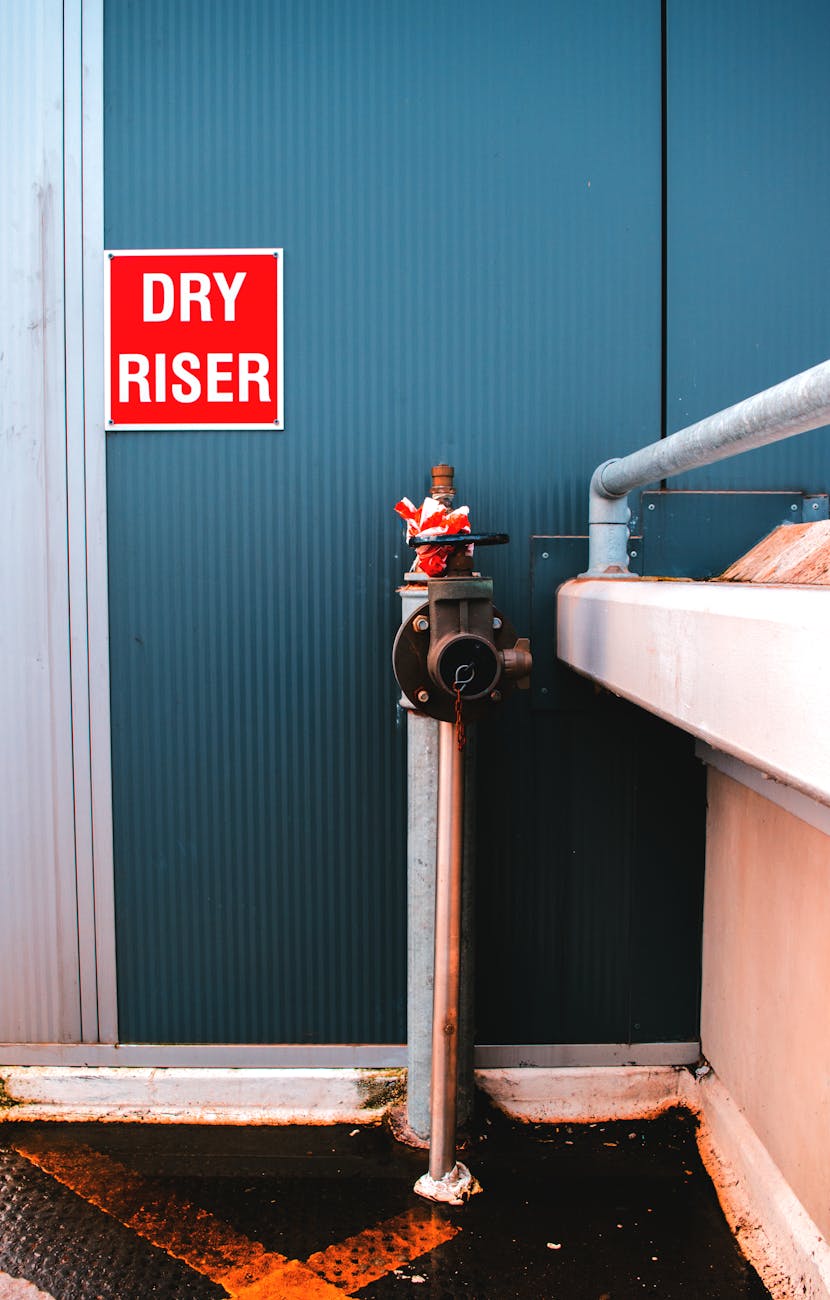Have you ever found yourself in a tight spot, scrambling for cash when the car breaks down or an unexpected medical bill hits? Yeah, we’ve all been there. It’s like life has a way of throwing curveballs just when you think you’re all set. This is where having a financial safety net can make all the difference.
Picture this: you’re happily going about your day, and suddenly, your fridge dies. You’re staring at a mountain of spoiled groceries, and your heart sinks. You wish you had that cushion to fall back on. Building an emergency fund isn’t just a smart move; it’s a lifeline that can save you from stress and sleepless nights.
So, how do you start? First off, let’s break it down into digestible bits. You don’t need to stash away a fortune overnight. Start small! Aim for a goal that feels realistic. Maybe it’s $500 for starters. Once you hit that, then go for a grand. It’s like climbing a ladder—one rung at a time.
Here’s a nifty little trick: automate your savings. Set up a dedicated savings account and have a portion of your paycheck transferred automatically. It’s like paying yourself first, and you won’t even miss that money! Seriously, out of sight, out of mind. Plus, it’s kind of satisfying to watch that balance grow without much effort.
Now, let’s talk about where to stash that cash. Keep it somewhere that’s easily accessible but not too tempting. You don’t want to dip into your emergency fund for a spontaneous shopping spree or that new gadget you didn’t really need. High-yield savings accounts are a great option; they let your money work for you while keeping it safe.
- Set a realistic starting goal.
- Automate your savings.
- Choose the right account.
- Track your progress.
- Review and adjust as needed.
But wait! Life happens, right? Sometimes, it feels like you’re taking two steps forward and one step back. If you have to use your emergency fund (which is totally okay), don’t beat yourself up. Just make a plan to replenish it once you’re back on your feet. Think of it as a temporary setback, not a failure. It’s a journey, not a race!
As you build this financial cushion, you’ll notice something magical happening. Not only will you feel more secure, but you’ll also gain confidence in your financial decision-making. You’ll start to view money less as a source of stress and more as a tool for achieving your goals. And that’s what it’s all about—empowering yourself to handle whatever life throws your way.
So, as you embark on this journey, remember that every little bit counts. Whether it’s $10 a week or $50, the important thing is to start and keep going. You’ve got this, and your future self will thank you for it!

